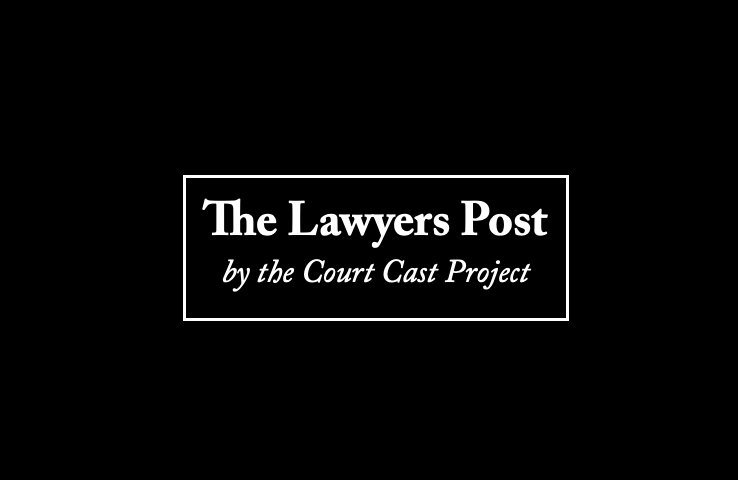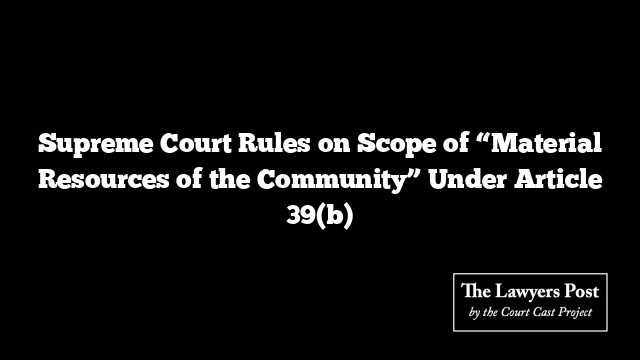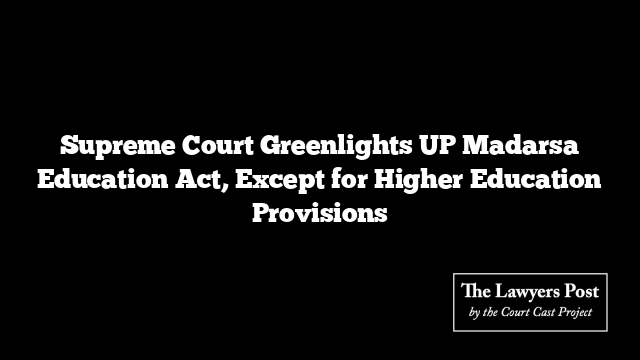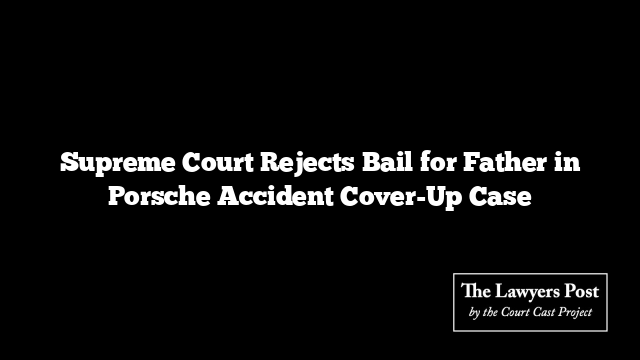In a landmark decision on November 5, 2024, the Supreme Court, in a 7-2 ruling, clarified that not all private properties can be categorized as “material resources of the community” under Article 39(b) of the Constitution, which mandates that the state equitably distribute community resources for the common good. The judgment stated that only certain privately owned resources that qualify as “material” and “of the community” fall within the ambit of this constitutional provision.
The bench, led by Chief Justice DY Chandrachud, discussed whether privately owned assets could be considered community resources subject to redistribution. It ruled that the phrase “material resources of the community” under Article 39(b) does not automatically encompass all private properties, as previously suggested in some earlier cases. Justice Krishna Iyer’s expansive interpretation, made in the 1978 case State of Karnataka v. Ranganatha Reddy, was specifically overruled. The Court emphasized that not every resource owned by an individual qualifies as a community asset simply because it serves material needs.
The judgment also touched on the role of resources like forests, wetlands, minerals, and other finite assets controlled privately, which could be brought under public regulation if deemed necessary for the collective welfare. The Court acknowledged that such resources, when central to ecological health or community well-being, could be included under Article 39(b) if state intervention was warranted.
Justice Nagarathna, in her concurring opinion, drew a distinction between “personal effects”—such as clothing and household items—and broader private property. She agreed that privately owned resources, once transformed for the public good, could fall under the category of community resources, which the state must ensure is distributed for the common welfare.
Justice Dhulia, however, dissented, arguing that the historical context and enduring social inequalities necessitate a broader interpretation of Article 39(b) to address the growing gap between the rich and the poor. He advocated for maintaining the more inclusive view of community resources as articulated in earlier rulings.
The case arose from a long-standing dispute over the interpretation of Article 39(b) and the scope of state powers in regulating and redistributing privately held resources. The ruling reshapes the legal landscape, particularly in how the state can engage with private property to promote the public good, drawing a fine line between individual ownership and collective welfare.





